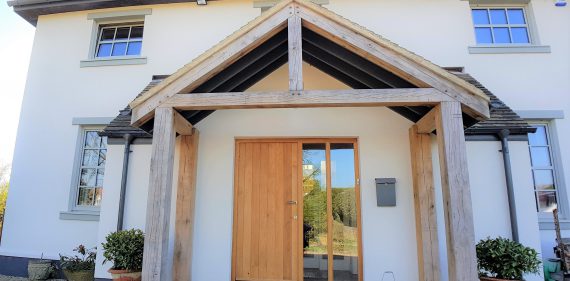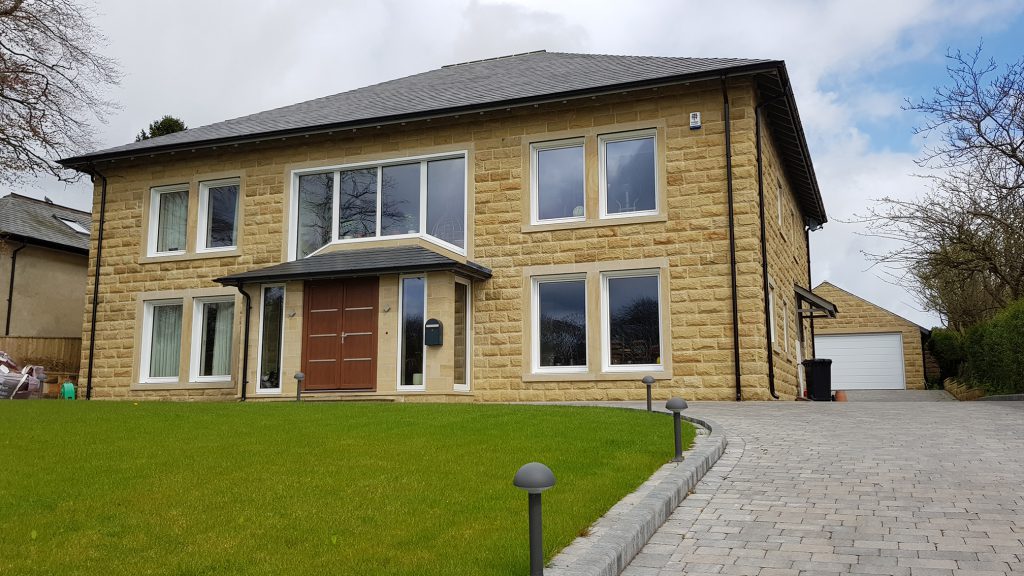

Passive House is a rigorous, voluntary standard for energy efficiency in a building, reducing its ecological footprint.
What is Passive House?
Passive House (Passivhaus) is the fastest growing energy performance standard in the world. The Passive House (Passivhaus) standards strengths lie in the simplicity of its approach; build a house that has an excellent thermal performance, exceptional airtightness with mechanical heat recovery ventilation!
This robust approach to building design allows the designer to minimise the 'Heating Demand' of the building and in some residential buildings only specify a heated towel rail as means of conventional heating, this heat can then be recovered and circulated by a Mechanical Ventilation and Heat Recovery (MVHR) unit.
I & C Watts Ltd, based in Harrogate, North Yorkshire, working alongside some of the UK’s top ‘Eco Architects’ now has a portfolio of new builds and retro fit eco houses, some of which built to meet the stringent Passivhaus and EnerPHit regulations, achieving full Passive House Institute Accreditation.
With the simple adoption of specified European ultra-low energy standards in building you can create a home that far exceeds the current UK building regulations, that requires minimal heat input, therefore vastly reducing your carbon footprint & energy bills. These techniques can be used in residential houses, as well as commercial buildings.
The Passive House Standard
The Passive House standard stands for quality, comfort and energy efficiency, it can be applied not only to residential dwellings but also to commercial and industrial applications.
For a building to be considered a Passive House it must meet the following criteria:
Minimise Heat Loss.
This is done through structure design, high insulation & triple glazed fenestration.
2.Minimise Ventilated Heat Loss.
This is done with an air tight construction & MVHR heat recovery ventilation. A maximum of 0.6 air changes per hour at 50 Pascals pressure is allowed.
3.Optimising Solar Heat Gain.
The simplest & least expensive way of passively heating a building. Primary energy demand is not to exceed 120kWh annually per m2 of living space.

This has led to the following functional definition of a Passive House.
“A Passive House is a building, for which thermal comfort can be achieved solely by post-heating or post-cooling of the fresh air mass, which is required to achieve sufficient indoor air quality conditions – without the need for additional recirculation of air.”
...meaning the heating requirement in a Passive House is reduced to the point where a traditional heating system is no longer considered essential. Cooling is also minimised by the same principles and through the use of shading and in some cases via the pre-cooling of the supply air. Night purging and the use of natural cross-ventilation through open windows is encouraged during the summer months.
As well as being an energy performance standard Passive House also provides excellent indoor air quality, this is achieved by reducing the air infiltration rates and supplying fresh air which is filtered and post heated by the MVHR unit.
